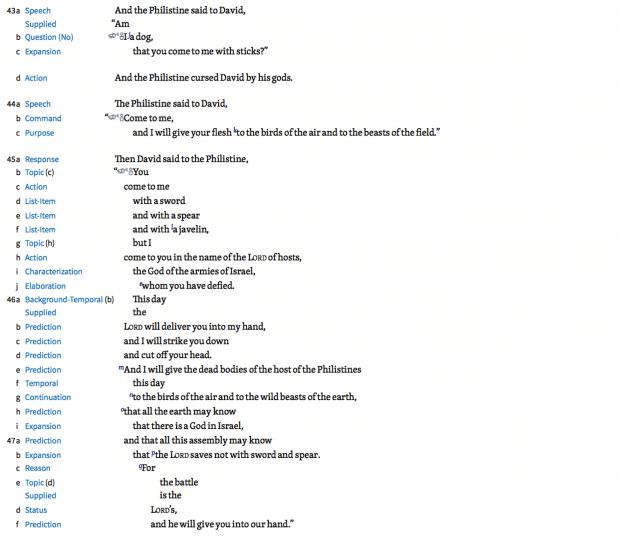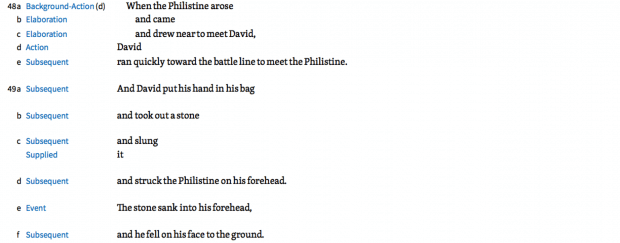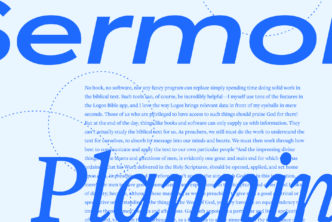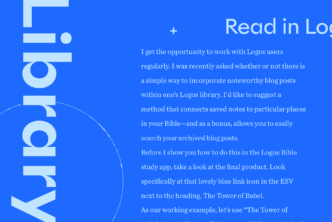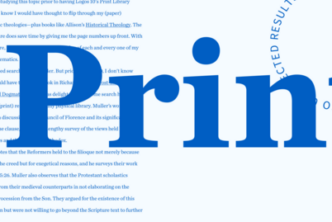I enjoyed my Hebrew courses. I like languages. And one of the first big rewards of learning Hebrew is translating a small book like Jonah or Ruth. I say it’s a reward, because it is fun; you get a sense of satisfaction that you’ve actually learned something.
But the final product, your actual translation, is generally not much of a reward. It’s probably awkward in multiple places, and the upshot of the experience is, “Boy, our existing English translations are really quite good.” It feels like a lot of hard work to find out something you already know.
But your teacher knows something, too. He or she knows that slowing down to translate the book on your own enriches your understanding of the text.
When you read slowly, details pop out at you, revealing insights you wouldn’t have discovered otherwise. Slow reading is a skill worth cultivating.
Development of that skill is one big benefit of the Logos feature—now in Logos Now—called Old Testament Propositional Outlines. Check it out.
You simply can’t know what insights will occur from being forced to slow down—until you slow down. That’s a major point of the tool. It’s not that you learn and adopt the technical terminology, much less that you use it in your Bible teaching to sound impressive:
“Notice, if you will, dear people, the Action and its Subsequent, following the Supplied Reason for the Background Condition.”
Please don’t do that.
Do, instead, use the OT Propositional Outlines to help you slow down and notice the flow of the text. For example, the story of David and Goliath in 1 Samuel 17 is famous—and well known outside the church—for its dramatic action. But if you turn on the OT Propositional Outlines for the chapter, you won’t actually see a lot of “Action,” not for a long stretch of the narrative. Instead, it’s Speech, Topic, Elaboration, Speech, punctuated with just enough action to keep the narrative going.
Those speeches function to build anticipation as the story progresses. Goliath to the Israelites, Jesse to David, David to Eliab, David to Saul, and finally Goliath to David and back. As you listen to the talking heads, that narrative tension keeps building: What’s going to happen?
And then, v. 51, “David ran quickly toward the battle line to meet the Philistine.” And after that it’s Action and Subsequent [Action], and Action, and more Action!
OT narrators know what they’re doing; this is narrative art at its best, and one of the reasons the story is so commonly known even to this day, even in secular Western culture—as the popularity of Malcolm Gladwell’s recent book has shown.
By forcing me to slow down—through those line breaks and indentations which help me visually grasp the flow of thought—OT Propositional Outlines made it more likely for me to notice certain narrative subtleties.
***
Related Articles
How to Study the Bible: 9 Tips to Get More Out of Your Study


